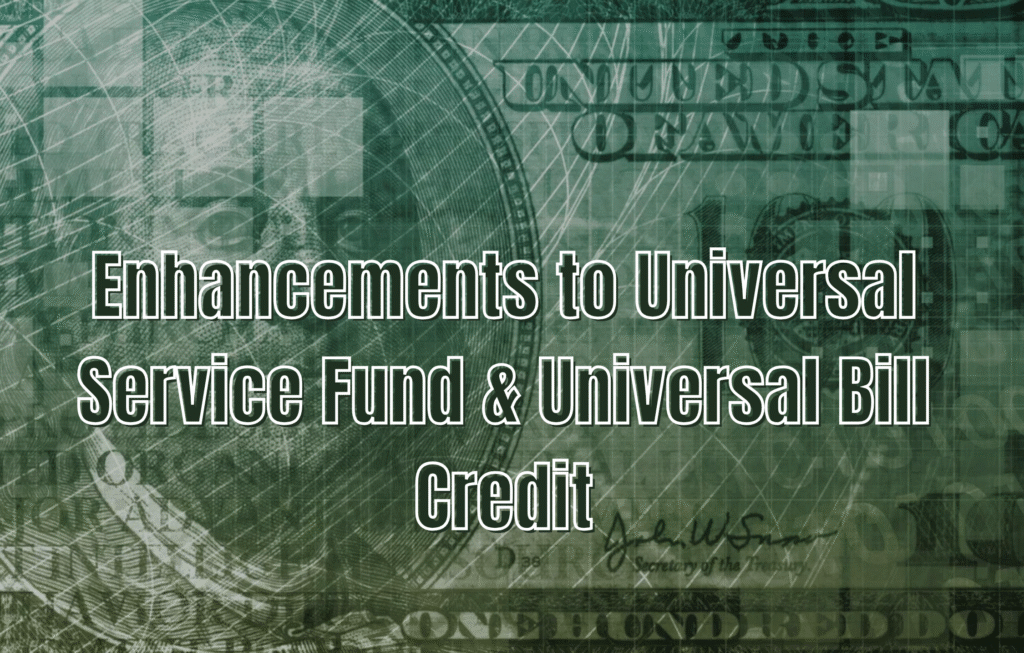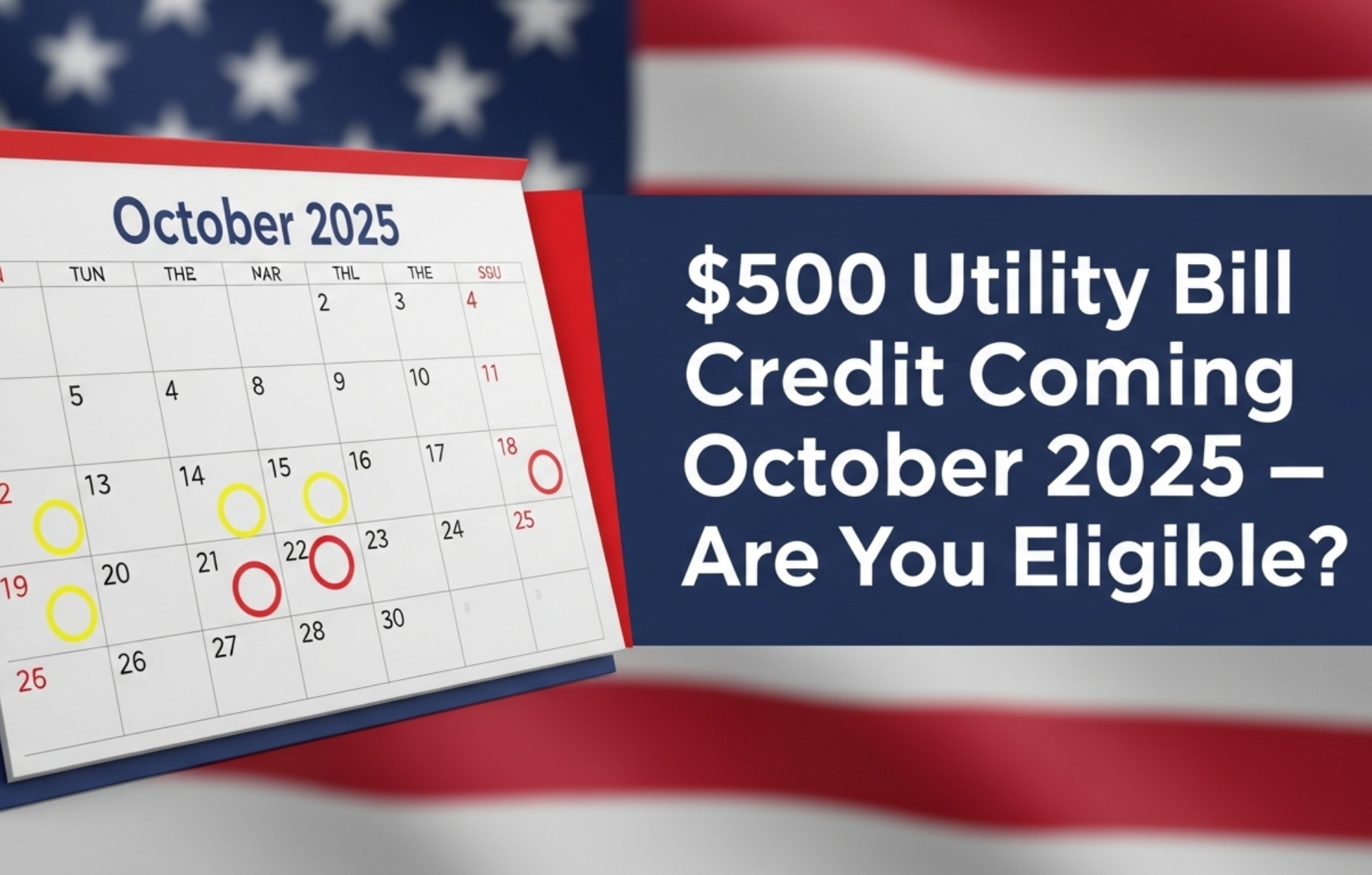What We Do Know Now: State & Utility Programs Offering Up to $500 Relief
While no federal “$500 credit for everyone” is confirmed, a number of state and utility initiatives have rolled out or expanded, offering assistance often capped around $500. These programs serve as models or precursors to what broader relief might look like.
Michigan: State Emergency Relief (SER) Utility Bill Assistance
In July 2025, Consumers Energy (a major electric/gas utility in Michigan) announced a policy change that would allow eligible customers to access up to $500 in relief per utility service (electric, natural gas) via the State Emergency Relief (SER) program.
Key points:
- The relief is intended for income‑qualified households (income up to 150% of the federal poverty level).
- If a customer has not yet received the full $500 allocation in the fiscal year, they may apply for the remaining amount.
- This assistance is directed toward past-due balances and can result in a credit being applied to the utility account.
Thus, in Michigan at least, a $500 utility credit (or subsidy) is in operation for qualifying customers.
New Jersey: Enhancements to Universal Service Fund & Universal Bill Credit

New Jersey is expanding its utility relief programs in 2025, effective October 1:
- The Universal Service Fund (USF) program (which provides credits to income-eligible households) will see its minimum and maximum benefit amounts increased, increasing the monthly credit available to eligible electric and gas customers.
- Also, NJ has approved a Residential Universal Bill Credit — a $100 energy bill assistance to all residential ratepayers with active electric accounts. The credit will be split over two months (e.g. $50 each in September/October) for all eligible ratepayers.
While $100 is much less than $500, it shows the trajectory of states boosting baseline relief.
PG&E (California) Matching & Relief Programs
Pacific Gas & Electric (PG&E) has committed $50 million in 2025 to bolster bill relief efforts:
- Its “Match My Payment” program will match (dollar-for-dollar) qualifying low-to-moderate income customers’ payments toward past-due energy bills, up to $1,000.
- The existing REACH program offers income-qualified customers a credit up to $300. Some customers who already received $300 may be eligible for additional matching relief via “Match My Payment.”
While these are not universal $500 credits to all users, they show active expanded relief efforts at the utility level.
What Would a “$500 Utility Bill Credit in October 2025” Mean (if It Happens)

If a nationwide or large-scale $500 credit program were to be enacted (federal or state-wide), here’s how it might work, based on precedent:
- Targeted to eligible households
Most utility relief is not universal — it’s aimed at low-to-moderate income households, those with past-due balances, or those enrolled in assistance programs like LIHEAP, state emergency relief, or with income under thresholds (e.g. 150% of poverty). - One-time vs recurring
Some credits are one-time disbursements (for a single bill or period); others might be split across months. - Credit applied directly on utility bill
The typical mechanism is a credit added to your utility (electric, gas, water) account, reducing your owed bill rather than a cash payment. - First‑come, first‑served or capped funding
Often, programs operate until funding runs out. That means early applicants have an advantage. - Documentation required
Expect income verification, utility account proof, perhaps bills, identity documents. - Coordination with existing assistance programs
The new credit would likely be layered with (or limited by) existing relief programs, to avoid duplication.
If a $500 credit is available in October 2025, it’s unlikely it would be truly universal — more likely it would mirror state/utility relief patterns: income‐based, limited funds, and applied to account balances.
How to Check If You Qualify (Now & in Future)
If you suspect you may be eligible for any utility relief credit (whether $500 or lesser), here’s your checklist:
- Check your state utility assistance programs
Visit your state or utility’s website (e.g. “utility bill assistance,” “energy relief,” “low-income programs”). Many providers publish eligibility guidelines, application deadlines, and links. - Check income eligibility thresholds
Relief programs often limit eligibility to households under specified income levels (e.g. 150% of federal poverty level). In Michigan’s example, income-qualified customers under SER are eligible for up to $500. - Check whether you have past-due balances
Many programs prioritize those with arrears (unpaid past bills) rather than those already current. - See whether you already received relief
Some programs demand you have not already received full benefits in a fiscal year. For example, Michigan’s program allows those who haven’t hit their $500 cap to apply for remaining credit. - Prepare documentation
Typically needed: proof of income (pay stubs, tax returns, benefits statements), utility account number, proof of residence, ID. - Apply early
For relief programs, funds often run out. Early application is safer. - Watch utility / state announcements
For example, New Jersey’s enhancements kick in October 1 — keep track of announcements from your public utility or state utilities commission.
Why This Promise Gains Traction (and Skepticism)
Why people are hopeful about a $500 credit:
- Many households are struggling with surging energy and utility costs; a $500 relief could make a meaningful difference.
- State and utility programs are increasingly stepping up; a broader credit seems like the next logical step.
- Politically, relief programs are more popular and likely to be considered, especially in election years or times of high inflation.
But skepticism is warranted because:
- Universal, large‑scale relief costs a lot. Unless Congress or state legislatures commit major funding, many proposals stall.
- No confirmed federal plan as of mid‑2025 — announcements are mostly at the state / utility level.
- Relief programs already in place are often capped, targeted, and not guaranteed long-term.
- “$500” might be a marketing figure; the actual credit might be less or split across months.
What To Watch in the Coming Months

If you want to track whether a $500 credit becomes real in your area, watch for:
- State utility commission or board announcements (e.g. in New Jersey, the USF enhancement takes effect October 1).
- Utility company press releases (like PG&E’s program expansions).
- Legislative or budget proposals that allocate funds for utility relief credits.
- Local news coverage of relief announcements or programs opening for applications.
- Utility account communications (email, mail) — companies sometimes notify customers directly if they qualify.
FAQs
Q1: Is there a confirmed federal $500 utility bill credit for October 2025?
No, as of mid-2025, no nationwide federal $500 utility credit is confirmed—only state and utility programs offer various relief efforts, often capped around $500 for eligible customers.
Q2: What utility relief programs currently offer up to $500 credits?
Michigan’s SER program allows income-qualified customers up to $500 relief per utility service. Other states and utilities like New Jersey and PG&E offer varied credits and matching programs.
Q3: Who qualifies for utility bill relief programs?
Typically, low-to-moderate income households, often under 150% of the federal poverty level, those with past-due balances, or enrolled in assistance programs like LIHEAP qualify for relief credits.
